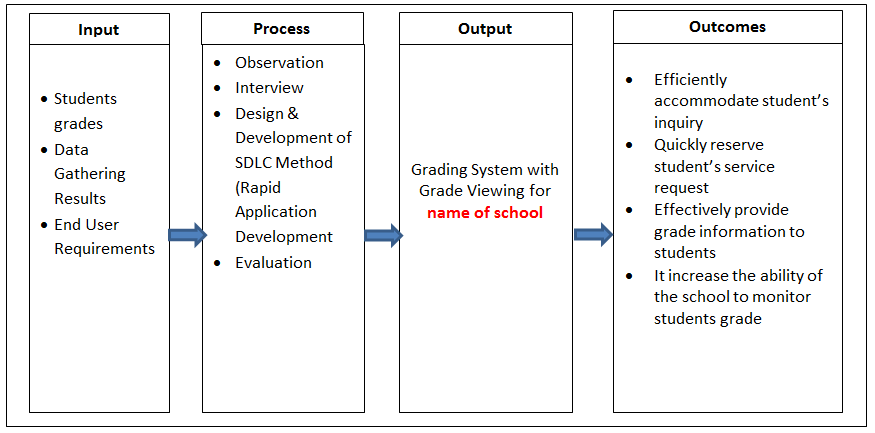
NEW DELHI—The consensus around the collapse in oil prices is that the trend is a net positive for the world economy and global growth. Sure, exporters like Venezuela and Russia suffer, but that’s outweighed by the increased spending by governments and consumers with more cash to burn—no small thing when the global economy is suffering from a crisis in demand.
Meanwhile environmentalists take comfort in the shelving of billions of dollars worth of dirty oil and gas projects by cash-strapped energy companies. More importantly, smaller exploration and production budgets will help the world meet the international goal of limiting the global mean temperature rise to 2 degrees Celsius above preindustrial levels by keeping more fossil fuels in the ground.
But this Pollyannaish narrative surrounding the benign impact of low energy costs overlooks a subtle and powerful process known as “lock-in.” Far from ushering in a post–fossil fuel world, cheaper oil will only lock us into energy-supply, transportation, industrial, and agricultural systems that depend on and facilitate continued use of hydrocarbons while discouraging attempts to develop alternatives.
The International Energy Agency in a 2011 report issued a warning: Four-fifths of the total energy-related carbon dioxide emissions permissible by 2035 to limit global warming to 2 degrees C are already “locked-in” by existing capital stock. High-carbon infrastructure—power plants, pipelines, factories, inefficient buildings, roads, and transport vehicles—built today will last and pollute for decades to come.
According to the IEA report, the world had just five years to retool the world’s hydrocarbon-based infrastructure to avoid missing emission targets. Not only is available time running out, the task has been complicated by the collapse in oil, coal, and natural gas prices.
Following a Path
The concept of lock-in was first devised by economists in the 1990s to describe how technologies and technological systems tend to follow specific paths that are difficult and costly to escape, thanks to scale and learning effects, user-friendliness, and support of governments and private interest groups.
In consequence, such technologies remain in vogue despite the development of superior substitutes. This is why we still type on QWERTY keyboards and rely on internal-combustion engines. It also explains why, despite knowing better and having alternatives, we continue to rely on hydrocarbon-intensive technologies developed at a time when fossil fuels were abundant and the long-term consequences of greenhouse gas emissions were poorly understood.
Here’s how lock-in works in advanced economies: The U.S. agricultural system is extremely good at producing vast quantities of corn, wheat, soybeans, and meat at low prices. However, the industry is heavily dependent on oil and gas and extremely energy inefficient. Agriculture accounts for 20 percent of U.S. fossil fuel use—oil and gas used in making fertilizers and pesticides, running farm machinery and transporting food across the country—and almost a third of its greenhouse gas emissions.
According to writer and food industry expert Michael Pollan, the U.S. agricultural industry burns 10 calories of fossil-fuel energy to produce one calorie of food energy. Moving away from the existing fossil fuel–based industrial agricultural system to one that relies directly on sunlight to produce goods would be difficult and expensive. Industry resistance and political opposition would run high, especially over prices. As a result the United States is locked-in to a carbon-intensive agricultural system. Cheaper fossil fuel only tightens those chains.
Lower energy prices lock society into a fossil-fuel future in other ways. In heavily automobile-dependent countries such as the United States, public transportation continues to get short shrift in government budgets. Boeing and Airbus are concerned that lower fuel prices will reduce demand for their energy-efficient jets as airlines—energy efficiency was primarily a competitive strategy by aircraft manufacturers, used to drive sales since fuel is the airlines’ single largest expense, and they prefer to keep aging planes in their fleet for longer. Like airlines, other firms could also delay moving to energy-efficient designs.
In addition, lower oil prices stimulate demand for fossil-fueled technologies. U.S. car sales have rebounded, led by purchases of gas-guzzling SUVs. If those vehicles last an average of seven years before they are scrapped, then that locks-in higher fuel consumption and emissions for that period regardless of oil prices.
An increase in the number of cars creates demand for new and better roads and bridges. Indeed, President Barack Obama has announced new taxes on U.S. firms parking cash overseas to fund a nationwide infrastructure overhaul. More and better roads and bridges reduce the effective cost of driving and purchasing personal vehicles, further fueling demand and greenhouse gas emissions in a vicious cycle.
Fast-Growing Economies
Consider how these dynamics will play out in fast-growing economies like India and China. Non-OECD countries account for 90 percent of population growth, 70 percent of the increase in economic output, and 90 percent of energy demand growth over the period from 2010 to 2035, according to the International Energy Agency.
Choices made today regarding energy supply infrastructure and manufacturing, building, agricultural, and transportation technologies determine what kind of world our children and grandchildren will inherit. Indeed, one of the only ways developing countries can avoid hydrocarbon lock-in is to skip that stage in their development altogether and move directly to alternatives.
Unfortunately, emerging markets are busy locking themselves into hydrocarbon-intensive technologies and infrastructure, too. In India, megacities like New Delhi are ringed by sprawling suburbs and satellite cities, which encourage automobile ownership in the absence of public transportation alternatives.
In New Delhi alone 1,400 vehicles are added to the roads every day. That in turn creates demand for more roads, which then encourages more car purchases. Instead of developing comprehensive policies to curb use of automobiles, the Indian government has sought to make them cheaper and easier to own.
Beijing and other major Chinese cities are also suffering from the same malaise. A 2009 World Bank study found that extensive road investments around Beijing encouraged and locked in urban sprawl and decentralization making subsequent investments in public transit less effective in reducing vehicle kilometers traveled by car, gasoline use, and carbon dioxide emissions.
Both countries continue to make poor energy supply choices. India is taking advantage of abundant and cheap coal to embark on a plan to double coal-fired electricity generation, which currently accounts for 60 percent of the total, by 2022—this despite the fact that India’s thermal power plants operate at some of the lowest efficiencies in the world.
China, too, remains heavily dependent on coal despite government efforts to increase use of natural gas. The recent viral success of “Under the Dome,” a documentary on the country’s air pollution, viewed by tens of millions of Chinese before it was banned, could be a catalyst for positive changes to energy policy.
With few exceptions, these patterns of hydrocarbon-intensive development are being replicated throughout the developing world. So how do we neutralize the reinforcing effects cheap oil has on hydrocarbon lock-in? One partial solution is to go beyond eliminating fossil-fuel subsidies, which many countries have already done, and impose significant consumption taxes as well. These would mitigate the negative impacts of low fossil fuel costs and encourage exploring alternatives to hydrocarbon-based technologies. These changes will be expensive and politically unpopular, but necessary. The costs of inaction are unimaginable.
Deepak Gopinath is a New Delhi-based economic analyst and writer. Copyright © 2015 YaleGlobal Online and the MacMillan Center at Yale.























